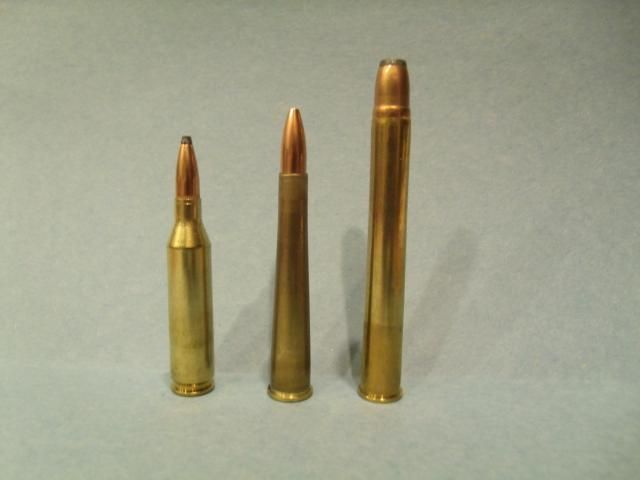Originally Posted By: pyscodogDo I really need to bring the neck down in two steps. A friend made me a dummy round using 20 tact dies and brought the 223 case down to 20 in one pass. Just asking, I want to do it right.
I just watched a youtube video, for about the tenth time, and the guy making 20P brass uses a 223 seater to seat the bullets. Can I do that???
You can do that in either case but if you wish to have more consistent neck thickness the two pass is better. Was your buddies 20 TACTICAL die a standard type or a bushing?
With standard non-bushings you can but I find that using a gutted 223 for the initial size down just seems to ease things better especially with bushings. I make 20-250 out of 22-250 but found that the extra step gave me much more uniform necks when I was doing the process. I was glad I learned that on the 20 Tactical and the Practicals I load for.
Seating can be done with a 223 but if you use a 20 caliber Hornady/Redding the bullet is held in much better alignment from the get go.
You want the best performance you can get out of this little speedster so why not spend a few extra $$'s on the gear. The difference is less than a twelve pack of your favorite beverage.
Greg
I just watched a youtube video, for about the tenth time, and the guy making 20P brass uses a 223 seater to seat the bullets. Can I do that???
You can do that in either case but if you wish to have more consistent neck thickness the two pass is better. Was your buddies 20 TACTICAL die a standard type or a bushing?
With standard non-bushings you can but I find that using a gutted 223 for the initial size down just seems to ease things better especially with bushings. I make 20-250 out of 22-250 but found that the extra step gave me much more uniform necks when I was doing the process. I was glad I learned that on the 20 Tactical and the Practicals I load for.
Seating can be done with a 223 but if you use a 20 caliber Hornady/Redding the bullet is held in much better alignment from the get go.
You want the best performance you can get out of this little speedster so why not spend a few extra $$'s on the gear. The difference is less than a twelve pack of your favorite beverage.
Greg


